Our recent first trip away post-covid seemed the perfect opportunity to take out my home made 6×12, 6 on 120 panoramic for the first time since I had added a focussing capability and produce a 5-frame article. We were going into the South Island hydro lakes area for a few days which promised some wonderful landscape subjects of the lakes and the Southern Alps. I also had a roll of Rollei Infrared 400 in the fridge I felt would be a good film to use and be a little different.
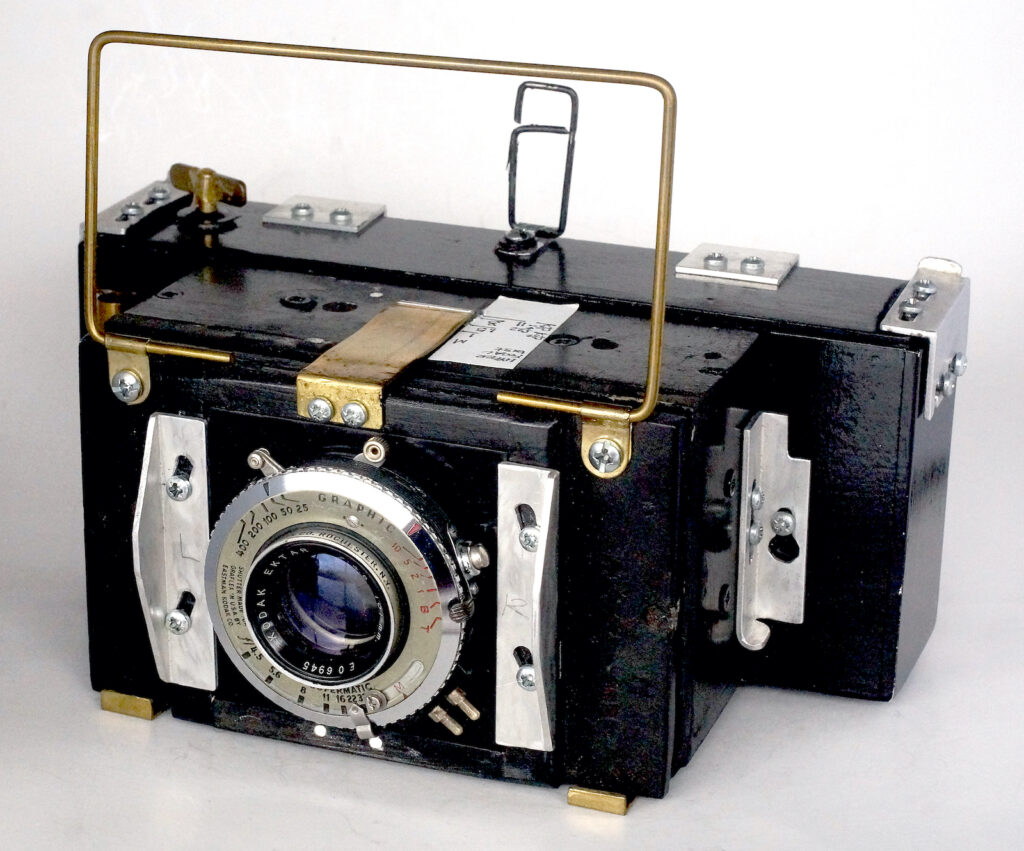
Sadly this was not to be as a result of a couple of omissions on my part. The first was not checking that my 32mm push-on R720 filter actually fitted the Kodak Ektar lens on the camera before leaving home instead of assuming it did. Similarly I omitted to check the security of the lens mount on the camera. The filter wouldn’t push on when I tried it and the first frame and part of the second was fogged when the lens fell out, all as I set up for the first exposure. With only 4 of the 6 exposures intact that put 5-frames out of the question. I did finish the roll, however, with a red filter in a clamp-on holder or no filter and the photo above is the best of the rest.
It is an image of Aoraki/Mount Cook, New Zealand’s highest peak, with the Southern Alps stretching out on either side, seen here across Lake Pukaki. This is one of the hydro lakes that sustainably provide a large proportion of the country’s electricity along with geothermal and, increasingly, wind power. The apparent IR effect is in fact largely due to the drought conditions the country experienced this summer, the grasses being very pale straw coloured generally, helped in the sky by the film’s extended sensitivity.
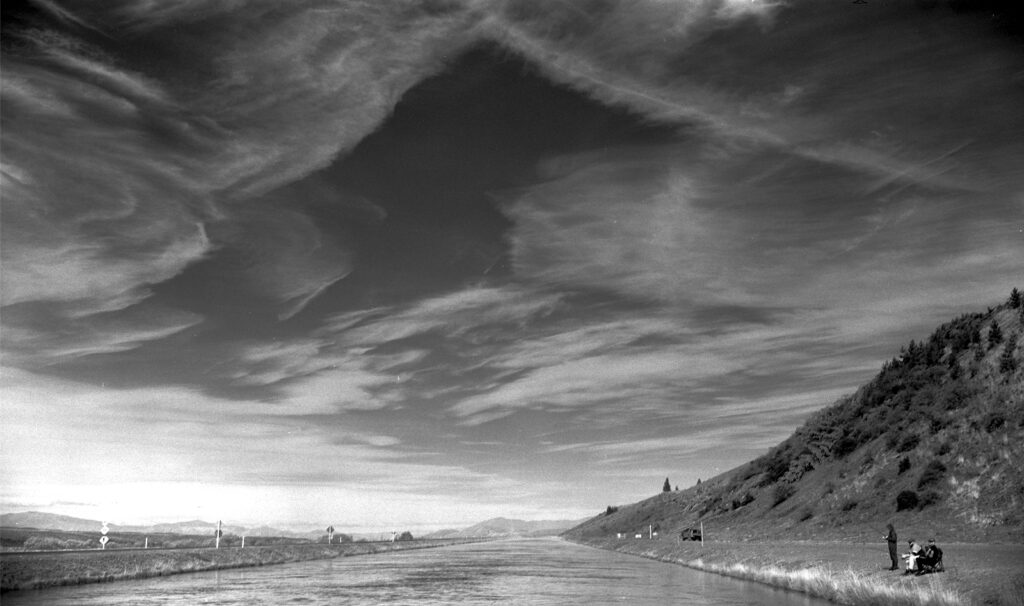
I have added a second shot here which relates to the electricity generation theme. Several of the lakes supplying water to the turbines are connected by an impressive canal system so that the supply to the various generators is balanced across the system. A very big undertaking indeed having been completed some 50-60 years ago. Now it is also used for catching trout and other fish that are carried into it from the lakes feeding it, and to support a commercial salmon hatchery at one point. The adjustable filter holder I used with the red filter here produced some vignetting which had to be cropped out.
So the moral is check, check again and recheck.
Share this post:
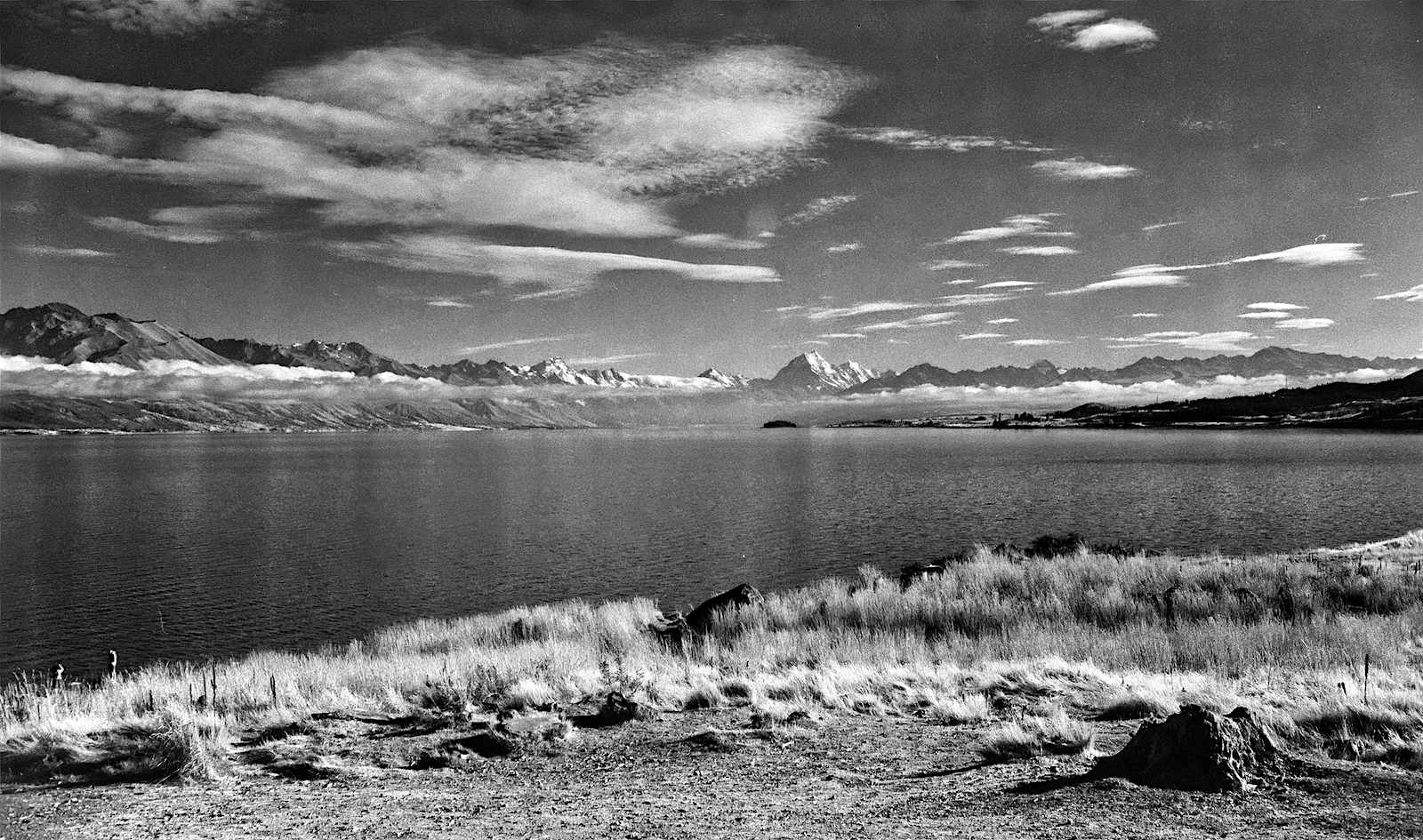
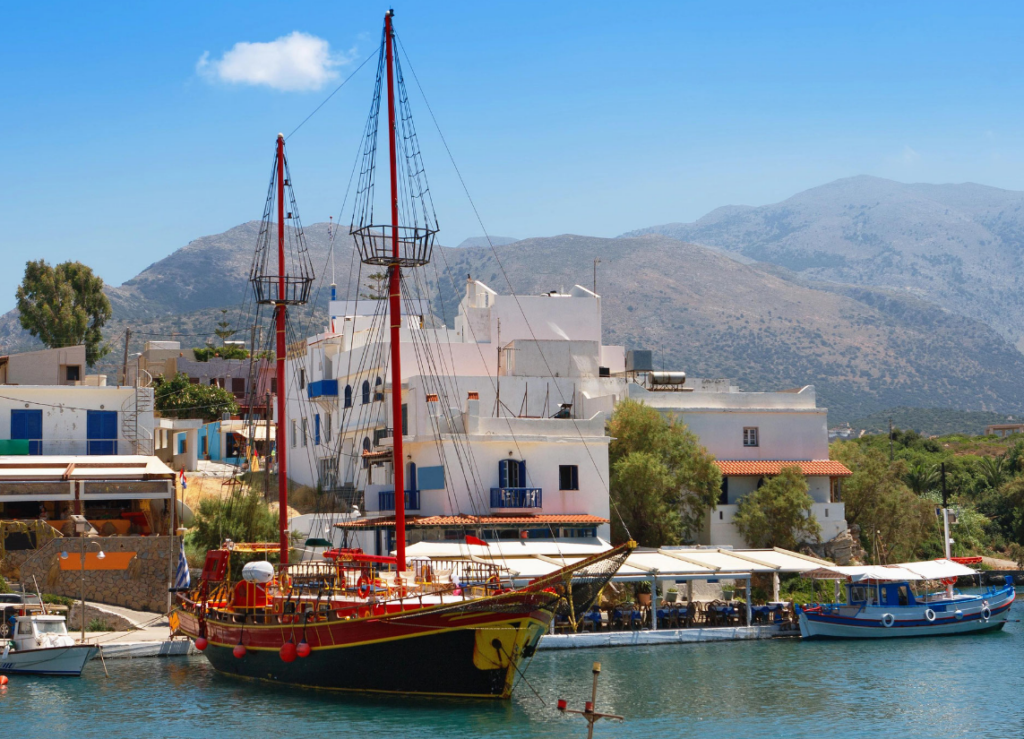
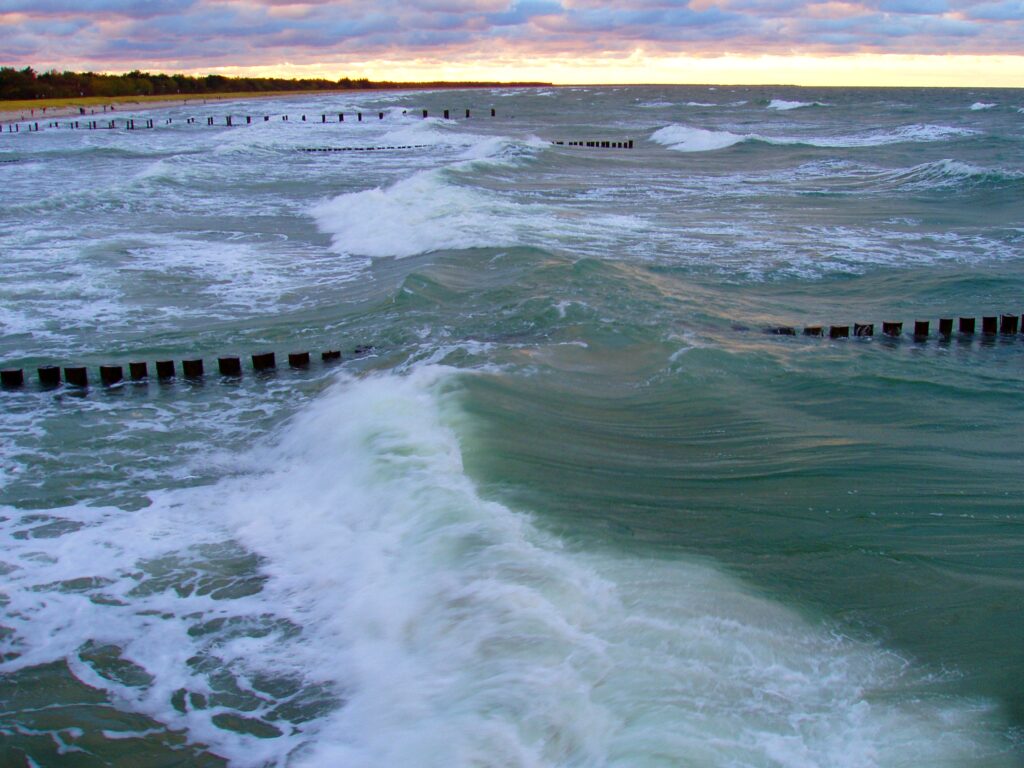
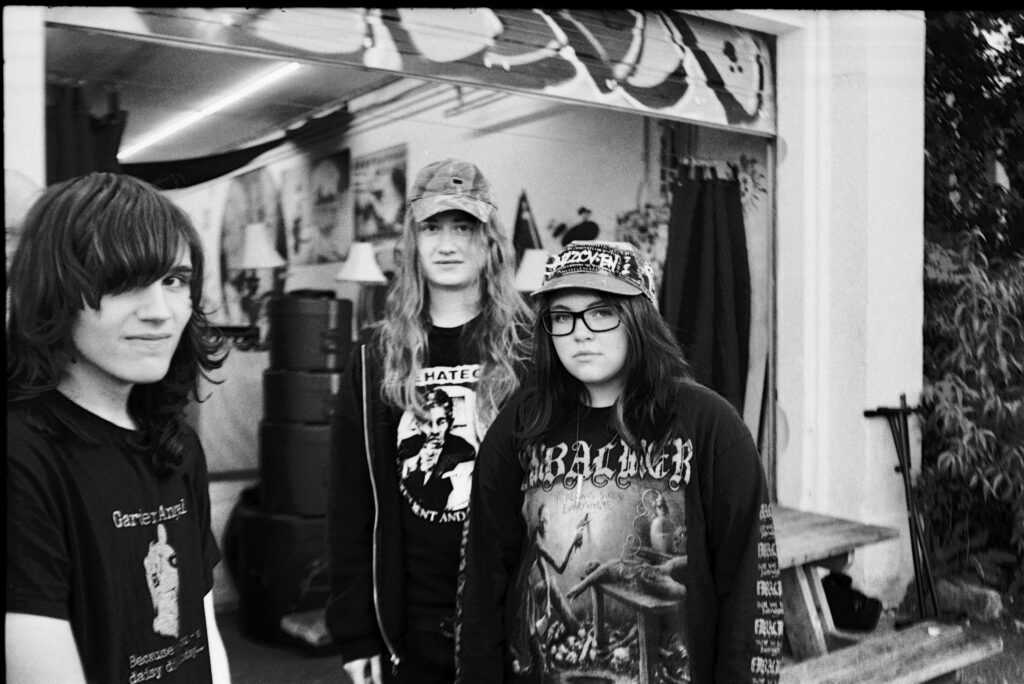
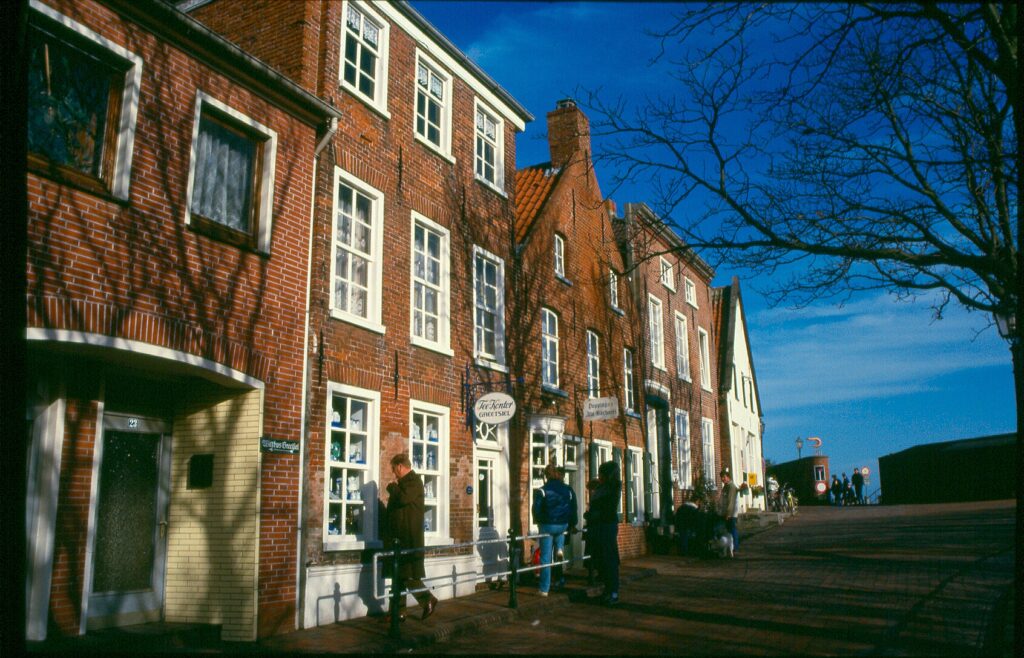





Comments
Gary Smith on A One Shot Story from New Zealand’s South Island.
Comment posted: 14/05/2024
Comment posted: 14/05/2024
Comment posted: 14/05/2024
Comment posted: 14/05/2024
Comment posted: 14/05/2024
Jeffery Luhn on A One Shot Story from New Zealand’s South Island.
Comment posted: 14/05/2024
Comment posted: 14/05/2024
Comment posted: 14/05/2024
Comment posted: 14/05/2024
Comment posted: 14/05/2024
Daniel Emerson on A One Shot Story from New Zealand’s South Island.
Comment posted: 14/05/2024
Certainly an adventure in extended camera immersion. How did you do frame advance?
Your photo rises to the panoramic advantage, being able to zoom in to see the detail and then pan across the scene. I was able to immerse in the scenery of the clouds and mountains at the micro level. Your 4x5 lens certainly delivered the required level of detail.
Regards
Daniel
Comment posted: 14/05/2024
Comment posted: 14/05/2024
Comment posted: 14/05/2024
Comment posted: 14/05/2024
Comment posted: 14/05/2024
Geoff Chaplin on A One Shot Story from New Zealand’s South Island.
Comment posted: 15/05/2024
Otherwise a fabulous shot. Did you have a "plan B" camera with you - there must have been plenty of fantastic scenery?
Comment posted: 15/05/2024
Ibraar Hussain on A One Shot Story from New Zealand’s South Island.
Comment posted: 15/05/2024
And all the more impressive as the Camera is your own creation !
Comment posted: 15/05/2024
Paul Quellin on A One Shot Story from New Zealand’s South Island.
Comment posted: 16/05/2024
Comment posted: 16/05/2024
Alexander Seidler on A One Shot Story from New Zealand’s South Island.
Comment posted: 17/05/2024
Comment posted: 17/05/2024